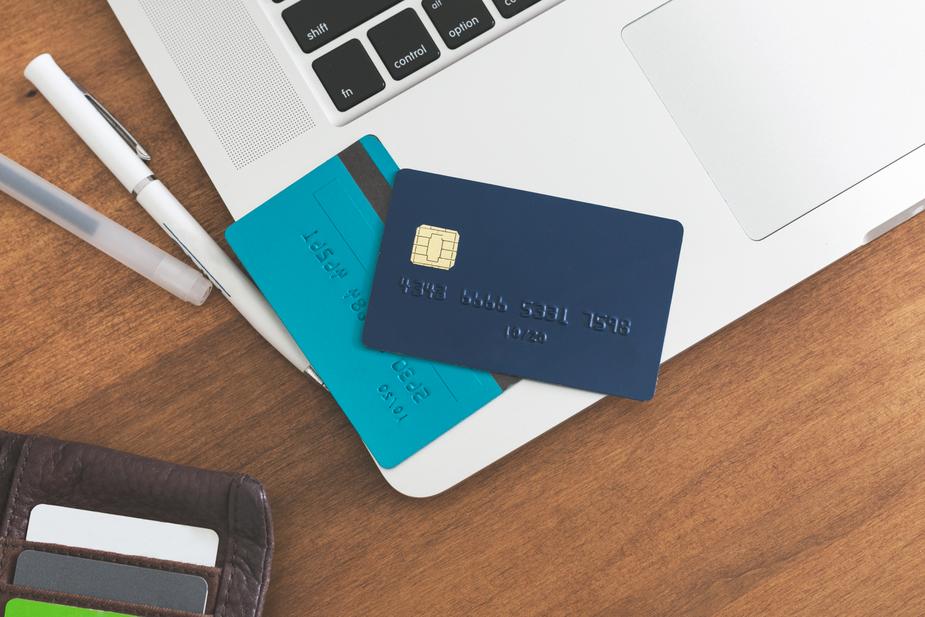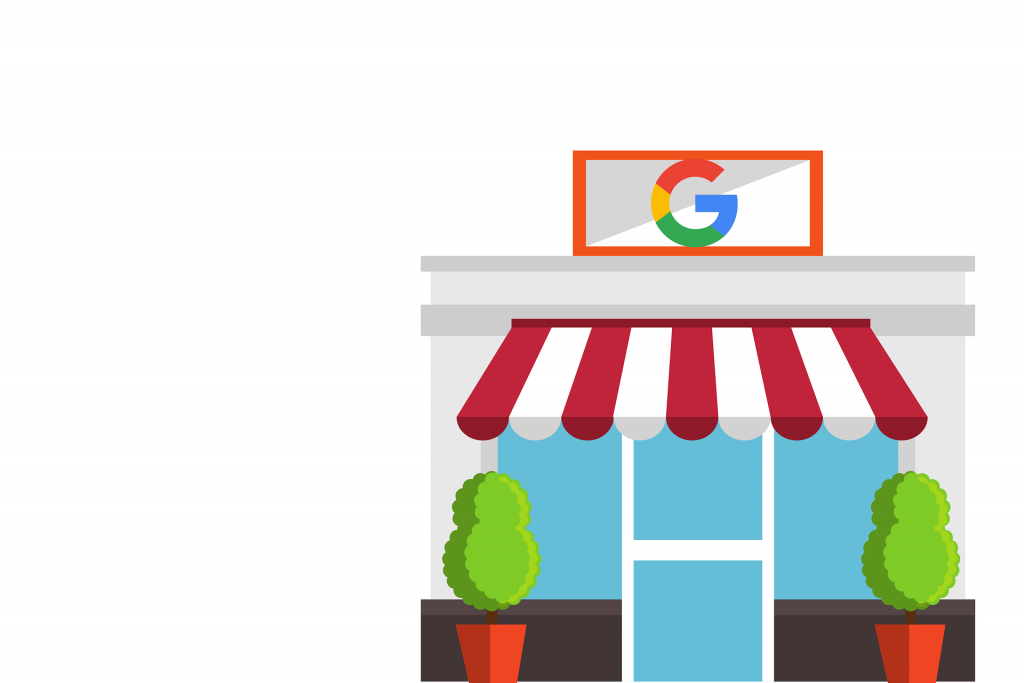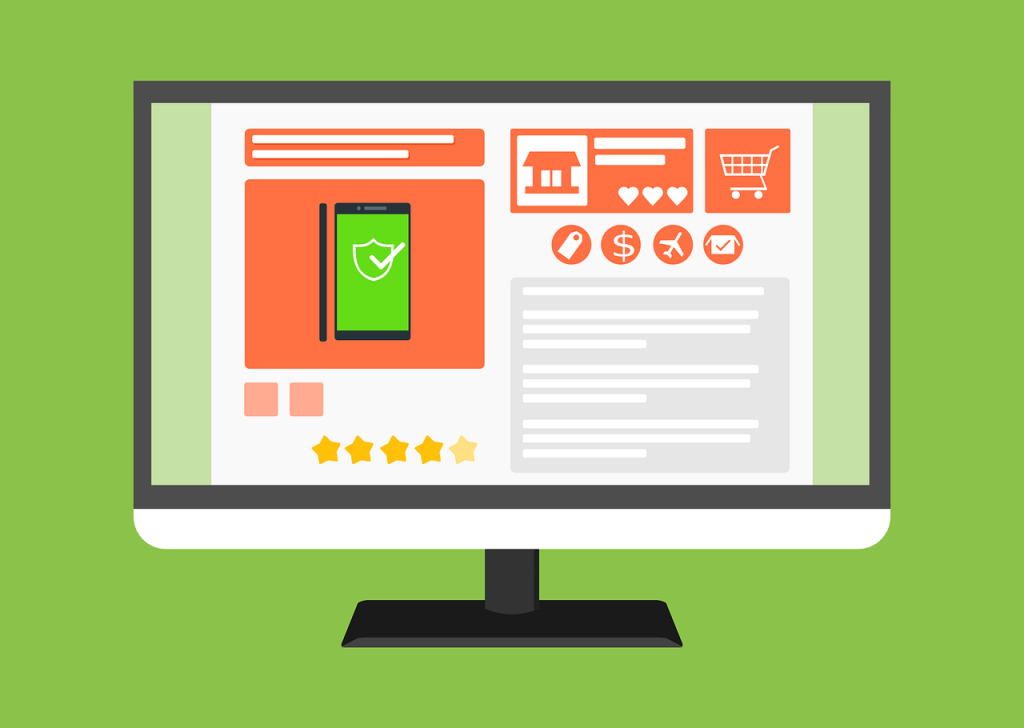
Why and how to use the free Google Shopping deal
You might have remembered Google’s Shopping announcement earlier this year – which revealed that Google Shopping will now include free and paid listings, offering free ad listings that were previously unavailable.
You now need to know what this means for your business and how you can make use of this offer from Google.
Fear not – free product listing ads are not going to overtake your paid ad listings or search engine results pages (or SERPs). However, this is an exciting opportunity for a new eCommerce owner to gain some new insights that were previously inaccessible without paying first.
Please take note that the free listings offer will only be used for ads that are shown on Google Shopping. Google’s main (and colossal) SERP will still only feature paid ads, so not much has changed in this regard.
In order to tell the difference between the paid and free ads, there is a section at the top of the Google Shopping tab to distinguish paid versus unpaid sections.
Don’t worry if you’re still not sure what Google Shopping ads are – we’ll explain everything you need to know in this article!

How to Start Using Google Shopping
To make the most of free listings, you’ll need to access the Google Merchant Center. If you haven’t signed up for an account yet, you can sign up free with Google.
When in the Google Merchant Center, make sure you are opted into “Surfaces Across Google.” You can find this tab by clicking on ‘Growth’, then ‘Manage Programs’, then you’ll need to ‘Get Started’ and click on Surfaces Across Google.
You can follow the setup that follows this for a quick guide.
You can read more about free Google Shopping Ads from Wordstream, one of our favourite ad-related blogs. We also love this article from Search Engine Journal for reference!
What can I expect from Free Google Shopping Ads for my business?
What you probably want to know is how the free Google Shopping listings could change the amount of competition you currently have.
The reality of new, free listings means that websites or up-and-coming ecommerce stores that weren’t advertising on Google Shopping now have a chance to do so. However, if you have an existing paid ad campaign, your ads will continue to be shown in the ‘paid listings’ section of Google’s main SERP and the Google Shopping tab, too.
In addition, if you’re running a paid campaign, you are also eligible for free ad listings.
You might be wondering when should you ever pay for your Google listings or ads? Remember that paying involves premium ad placement. Paid ads, including those with Google Shopping, will be displayed more prominently and frequently than free listings will.
Your ads will also be placed in more areas, including on the main Google SERP and top of the Google Shopping Tab.In addition, paid ads allow you to control your bids, control audience targeting (such as looking for specific devices or locations) and so much more.
Free listings – on the other hand – will only use relevance and ‘offer quality’. The free listings won’t be able to pinpoint a specific audience as a paid ad can. You won’t have any control over when or how your ad is shown when using a free ad, either.
The biggest draw to free Google Shopping ads is that it presents an opportunity for eCommerce owners who aren’t using paid ads to get a feel for advertising with Google.
It also provides existing marketers with an opportunity to try out free ads and compare them to paid versions. Different ad types (paid or unpaid) could work well, depending on your campaign, target audience and general brand visibility.

Important things to know about Google Ads
No matter whether your ad is free or paid, there’s a few key considerations you’ll need to factor in.
- Focus on the quality of your data. This could mean that your product or shopping feed needs updating. This is paramount for success on the Google Shopping tab, regardless of your status.
- You’ll need to set up tracking for your Google Shopping campaign. This is one of the only ways to see how your ads are faring once they’re live. This is known as dynamic tracking, and you can read more about it from Google here.
- Free ads can be a good way for publicity around your product, even if you already have paid ads. You don’t need to jump to any conclusions before trying out all ad types for yourself!
- Since the update in April 2020, sellers choosing to create free ads through Google don’t need a Google Ads account, but they have to use Google Merchant Center in order to set up listings.
- Do you know about Google’s local listings? To get started with creating local listings, choose “Growth” in the left menu in GMC. Next, choose “Local surfaces across Google.” This allows you to make a different local-inventory product feed that can list the current products in your physical stores. It will need to be submitted at least once a day.
- You should know beforehand that your prices, reviews/ratings, return and shipping policies and general product selection can impact your click-through rates within free and paid Google Shopping listings.
Why are Google ads suddenly free, is there a catch or hidden cost?
Google’s rationale stems out of a need to assist merchants during the middle of the coronavirus pandemic. As physical stores are closed or otherwise inaccessible, eCommerce has become even more valuable than it was before for retailers around the globe. Due to the challenges of operating physical stores, Google advanced their plans and went ahead with free Google Shopping listings.
Some experts have begun analyzing this move in an attempt to explain it outside of the pandemic. Some comments include highlighting the benefits for Google, which include competing strongly with Amazon and encouraging more sellers to use Google Shopping.
Free listings can be seen as a way for more businesses and products to become available for audiences.

How to use Google Shopping
1. To start listing your products for free with Google Shopping, you’ll need to set up or use your existing Google Merchant Center or GMC account.
This is the location where you’ll create your ‘store’ and upload your product data to the Google Product feed. GMC is free for all users – you don’t need to be hosting paid Google Ads to make us of it. It is also an amazing way to optimise your product feed.
You can find out more about product feeds here if you’re feeling lost!
2. Once your product feed is ready, you have one more thing to do. To become eligible to display your listings for free with Google Shopping, you’ll need to opt into “Surfaces across Google” in your Google Merchant Center account.
If you’re already using the Google Merchant Center or Google Shopping ads and you’ve already opted in to the Surfaces across Google program, you could already be eligible for free product listings, so you may not need to take extra steps in order to get going.
3. You should know that you can choose to opt in to surfaces across Google during your initial sign up with GMC. Once that’s been completed, you can start listing your products on Google and working on your product feed.
4. Surfaces across Google is a broader term that describes every location where Google may show your free product listings. This includes on tabs such as Google Images, Google Shopping, Google Lens, and the main page, Google Search.
5. As with Google’s search pages, free ads will show at both the top and bottom of your Google Shopping results pages. Google will often change their ad layouts — so you can expect that your free ads may move around!
6. Owing to the free ad launch, not much has changed with the way Shopping ads appear on Google search results pages. The different carousels for Shopping ads will still be shown at the top of the page for mobile users, and at the top or right side for desktop viewers.
Conclusion
Whether you think it’s a pandemic-fuelled initiative or avenue for revenue, it’s become simpler than ever to get going with listing your free Google Shopping listings.
What you’ll need to do is create an account with Google Merchant Center, and the rest is fairly simple.
However, you’ll need to spend a good chunk of time optimizing your Google product feed and listing your products correctly on Google.
Do you need help setting up your unique product feed for Google? Check out ShoppingFeeder! We’ve got an integrated, automated product feed solution, as well as product analysis and hands-on management to improve your ecommerce sales and growth.
You can try ShoppingFeeder for free today!




